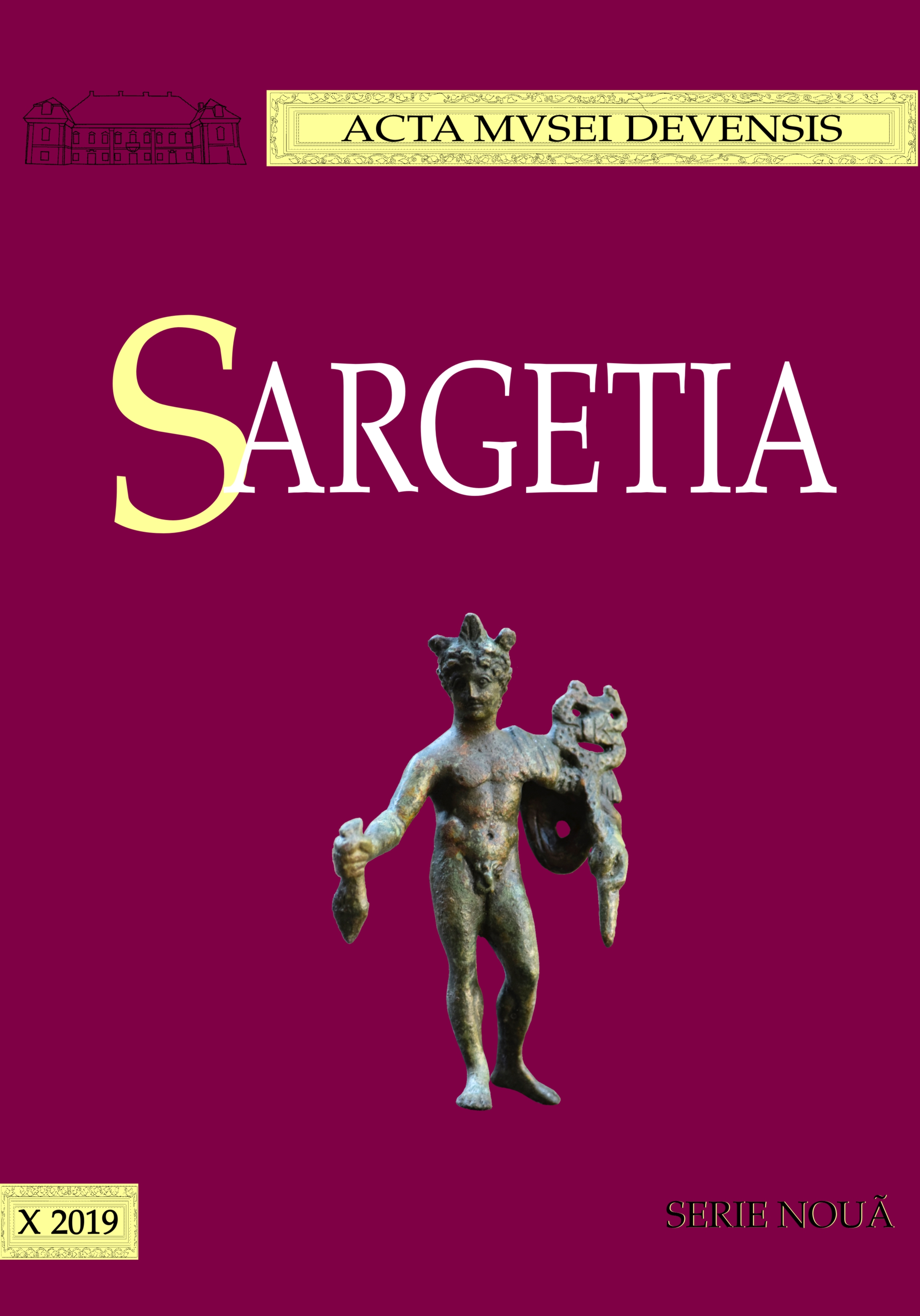Activitatea grupului de rezistenţă anticomunistă Dabija-Macavei (Munţii Apuseni). 70 de ani de la moartea maiorului Nicolae Dabija şi a camarazilor săi
The Activity of Dabija-Macavei Armed Anti-Communist Resistance Group (Apuseni Mountains). Major Nicolae Dabija and His Brothers in Arms – Commemoration of 70 Years
Author(s): Corneliu Beldiman, Diana-Maria BeldimanSubject(s): History, Recent History (1900 till today), WW II and following years (1940 - 1949)
Published by: Editura Altip
Keywords: Dabija-Macavei Group; Apuseni Mountains; Nicolae Dabija; Armed Anti-communist Resistance Movement; Romania;
Summary/Abstract: Major Nicolae Dabija (born on 13th of April 1907 at Galaţi; died on 28th of October 1949 at Sibiu), was an officer of the Romanian Royal Army (Fig. 1). He took part at the Eastern Front Campaign of Axis Powers against Soviet Union, commanding the 5th Company/38th Infantry Regiment from the 10th Infantry Division. As a hero of WWII, he was awarded with the Romanian Order of Michael the Brave, 3rd class, and the German Cross in Gold. In 1949, together with the four Macavei brothers, he established an anticommunist group of resistance in the Eastern part of the Apuseni Mountains called “The National Defense Front-The Hajduk Corps” or Dabija-Macavei Group. This was the most important group of this type founded in Romania, of 200 armed warriors who were trained according to the military rules. The Securitate have heard about the location of this group after an arrested false resistant revealed their location on Muntele Mare and about their strength. The Securitate Troops attacked the rebels in the morning of 4 March 1949. The Securitate suffered three deaths and three others wounded. During the fights with The Security Troops, five members of the group had been killed. Among these was Nicolae Dabija’s wife. Nicolae Dabija escaped but was arrested on 22 March 1949 after a local villager, whose barn he was sleeping in, notified the authorities of his presence. He and other members of the group were subject to inquiries in Turda, Bucharest and Sibiu. Later they were tried and convicted by sentence no. 816/October 4th, 1949 of Military Tribunal of Sibiu. On October 28, 1949, seven members of the group: Titus Onea, Ioan Scridon, Gheorghe Oprița, Traian Mihălțan, Augustin Rațiu, Silvestru Bolfea and Nicolae Dabija, were executed in Sibiu and burried in a collective secret pitgrave placed in the Poor Cemetery in Sibiu.
Journal: Sargetia. Acta Musei Devensis
- Issue Year: 2019
- Issue No: 10
- Page Range: 259-270
- Page Count: 12
- Language: Romanian

